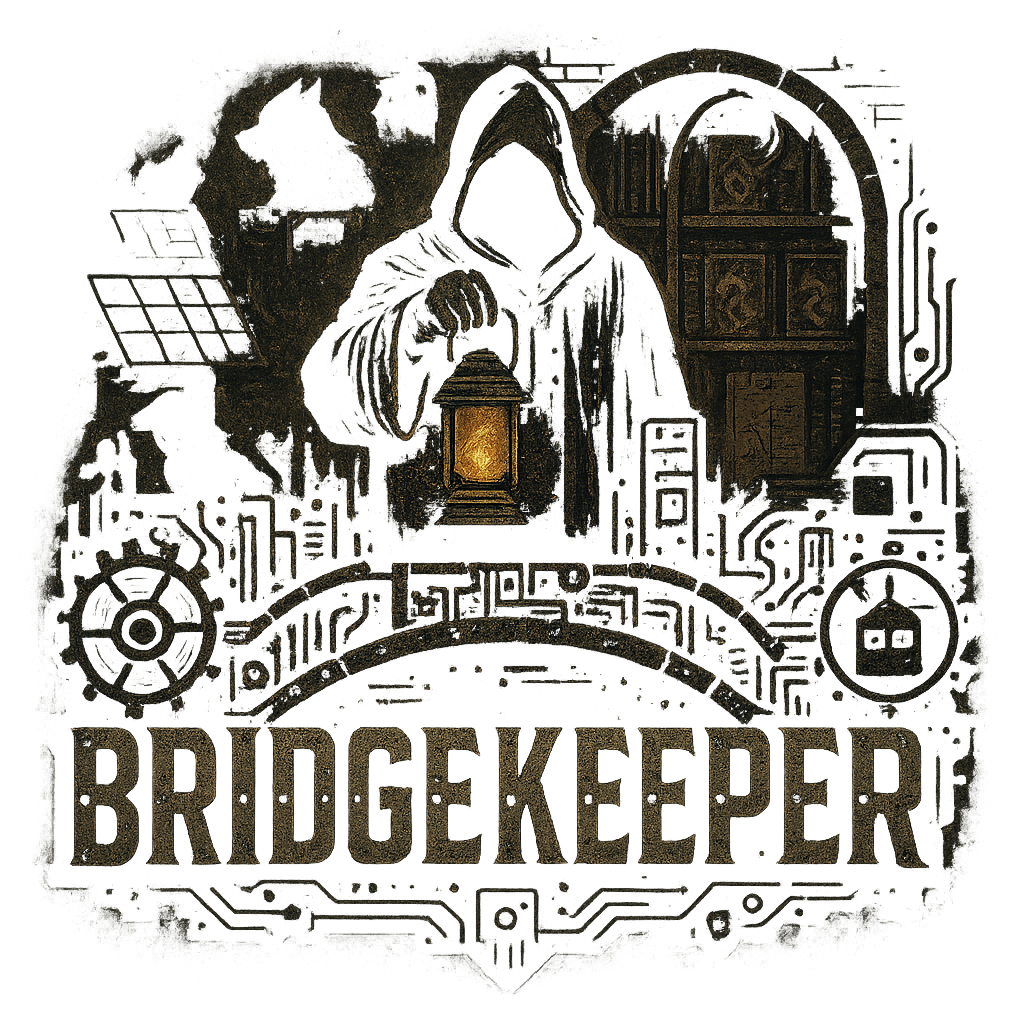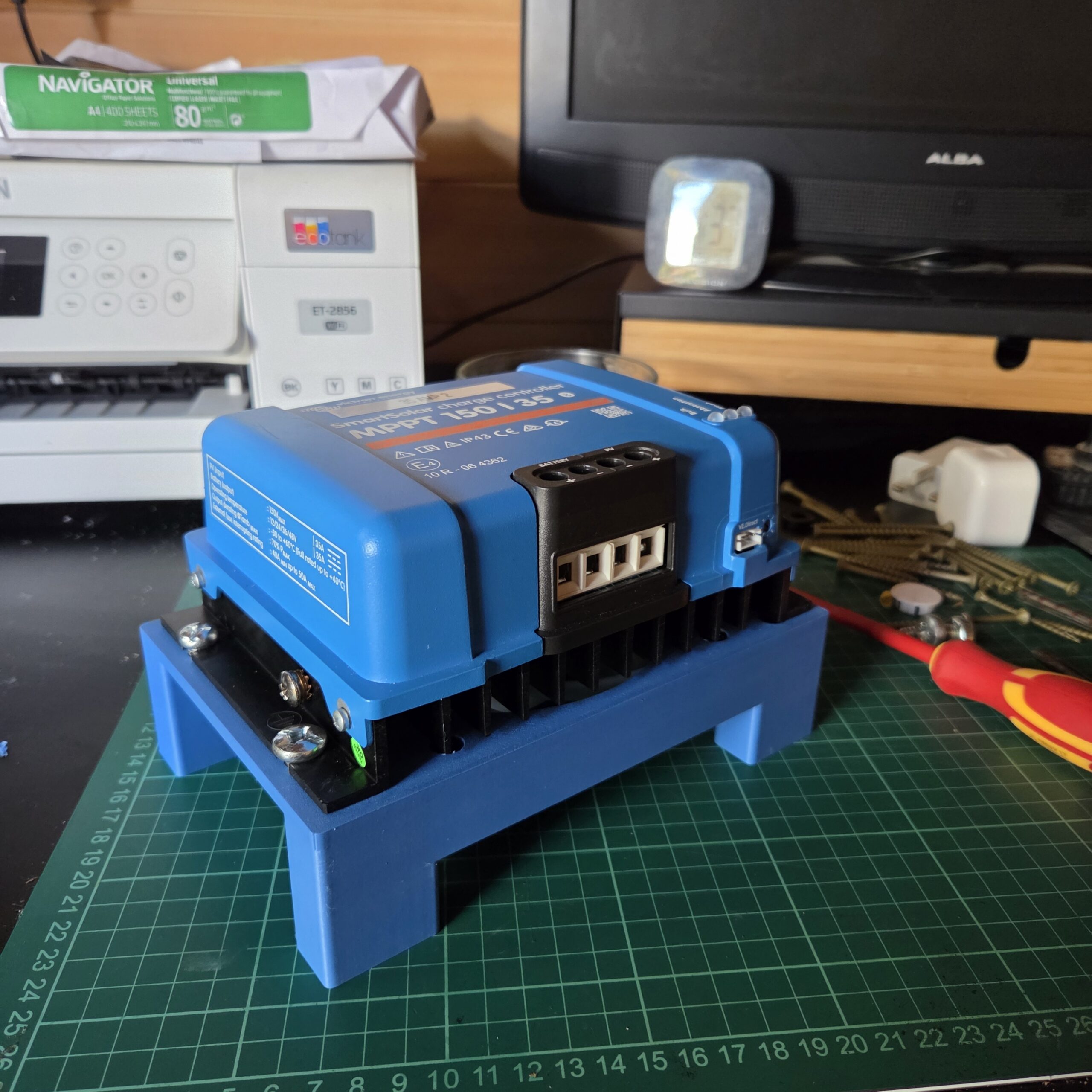Victron MPPT charge controllers and DC-DC converters are built around passive cooling. The aluminium housing is the heatsink, designed to radiate heat without any moving parts. That design is simple and reliable, but once ambient temperatures climb, heat build-up becomes a limiting factor. The units protect themselves by throttling current or, in extreme cases, shutting down. Efficiency drops, and long-term component stress increases.
Active cooling solves this. A quiet, high static-pressure fan such as a Noctua Industrial PPC mounted to direct airflow along the fins of the MPPT case can lower surface temperatures by 10–20 °C depending on load and environment. This margin can prevent thermal throttling during summer peaks or heavy charging cycles. For DC-DC converters especially when charging auxiliary battery banks forced airflow stops the units from cooking themselves in confined compartments.
Implementation basics:
-
Power the fans from the Victron system’s DC bus (12 V or 24 V models available). or use a 48v to 12v Buck Converter.
-
Trigger them intelligently with a cheap thermostat switch, Victron GX relay, or a MOSFET-based temperature controller so they only run when needed.
-
Position fans to move air across the fins, not just at the face. Airflow path matters more than raw CFM.
-
Industrial Noctua fans (IP67 rated) tolerate dust and high duty cycles, making them well suited to off-grid environments.
Real-world benefits:
-
Stable maximum power output from MPPTs even in high heat.
-
Lower case and internal component temperatures = longer service life.
-
Prevention of nuisance cut-outs in sealed compartments or during heavy load.
Passive cooling works, but augmenting it with a well-engineered fan solution unlocks the true performance ceiling of Victron gear.
Below we will teach you how to do this.


Leave a Reply